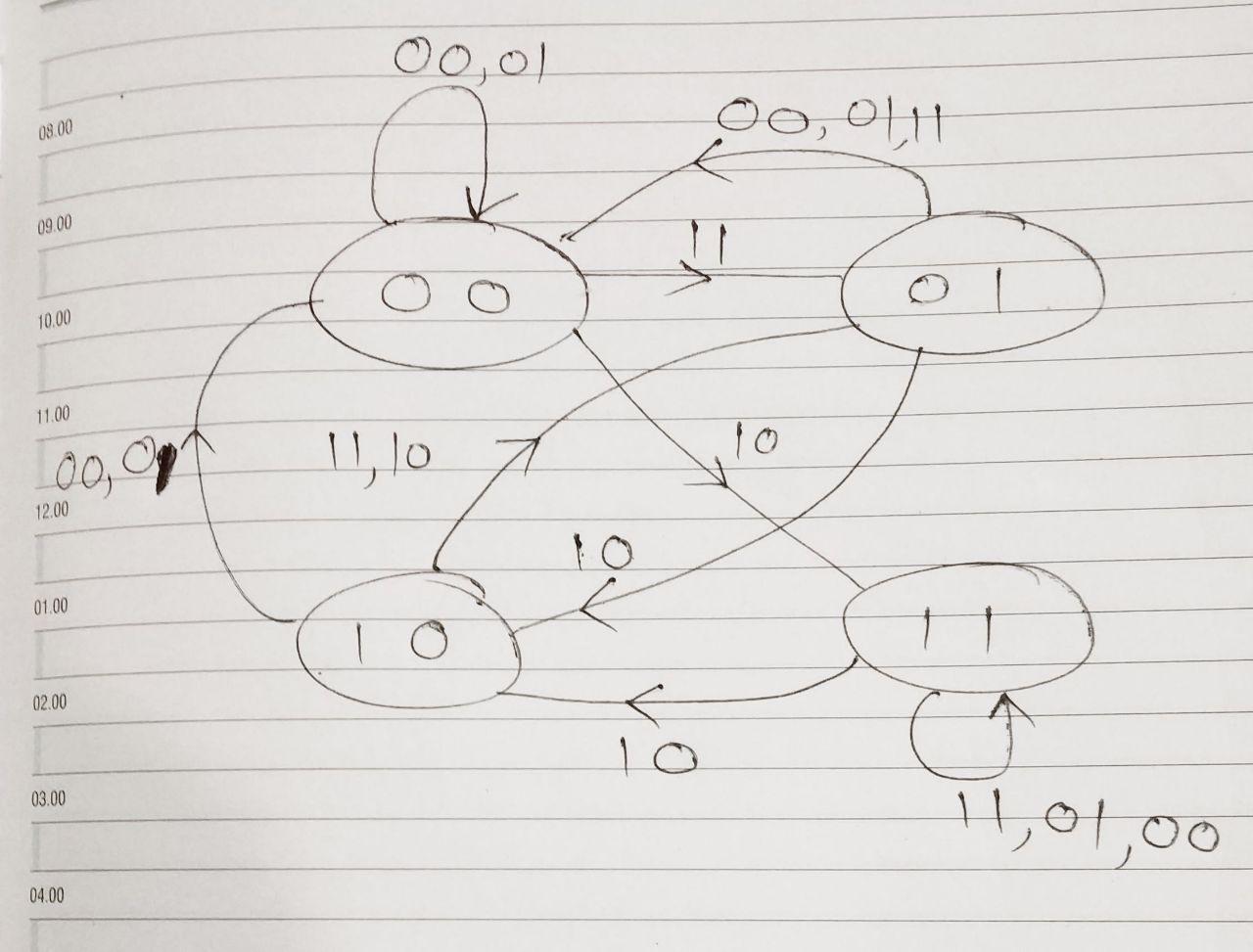Assume the uppar $JK$ flip flop(whose output is $A)$ is $J1, K1.$ And Lower $JK$ flip flop(whose output is $B)$ is $J2, K2.$
$\textbf{The flip flop input equations:}$
$$
\begin{aligned}
&J 1=x \oplus A \\
&K 1=\overline{B} \\
&J 2=x \\
&K 2=\overline{A}+x \overline{y}
\end{aligned}
$$
$\textbf{The State Equation:}$
The next state An is a function of $x, y, A, B$. The following is a set of min-terms of An :
$$
A n(x, y, A, B)=\Sigma m\{3,7,8,9,11,15\}
$$
From this, we can find the equation for An :
$$
A n=A B+\overline{A} x \overline{y}
$$
The next state $B n$ is a function of $x, y, A, B$. The following is a set of min-terms of $B n$ :
$$
\operatorname{Bn}(x, y, A, B)=\Sigma m\{3,7,8,10,12,14,15\}
$$
From this, we can find the equation for An :
$$
B n=A B \overline{x}+x \overline{B}+A x y
$$
$\textbf{The state diagram :}$
On Arrow, we have $XY.$ For example, from state $AB = 00,$ On $XY = 00,$ we go to state $00.$
